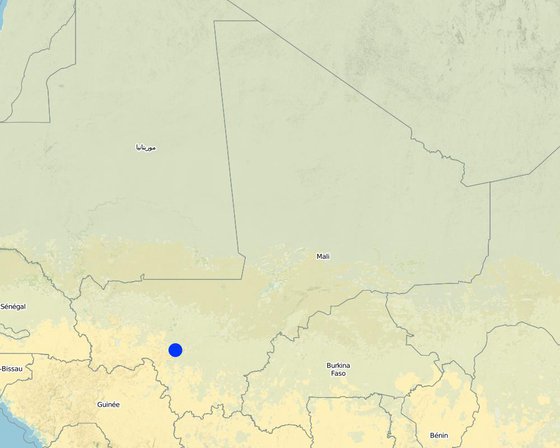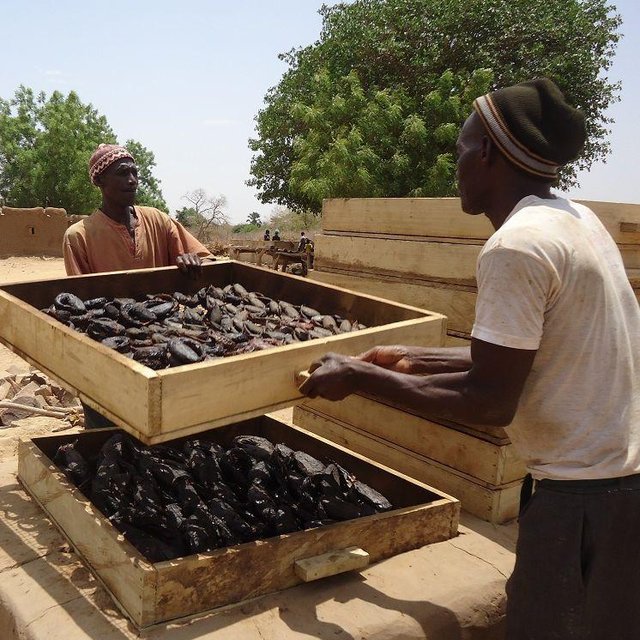

The objective of stocking reservoirs with fish is to add value to dam schemes through artisanal fish farming and an increase in fish production.
Purpose of the Technology: This helps to improve the quality of local people’s diets and increases incomes. The technique combines fish farming and agriculture.
The low investment costs and high profitability of the activity are very attractive. The juvenile fish are available prior to each forthcoming season and local management of the scheme is easy.
Establishment / maintenance activities and inputs: The beneficiaries are guided through the process of setting up a fish farming management committee. The committee is tasked with the internal monitoring of activities to implement artisanal fish farming, while the project team takes care of external monitoring.
Implementation: organise an exchange visit between a village with experience operating this type of scheme, and the beneficiary village; train beneficiaries in artisanal fish farming; stock reservoirs with fish; care for and feed the fish; provide training on techniques used to catch and process fish (smoking and drying); construct breeding ponds; maintain a stock of fingerlings for the next season. Fish suited to both rice growing environments and fish farming should be selected. A stock of fingerlings must be maintained in breeding ponds following fish harvesting.
Roles of the actors involved: the support structure (IPRO-DB) helps with the purchase of fingerlings, builds the capacity of producers, carries out monitoring, connects technical services with traders, equips associations with fishing materials and monitoring tools, and provides support in the presentation of results at village meetings. The village committee monitors implementation (feeding, caretaking and sales) and reports on results following activities. Private sector fish farming specialists provide advisory support (fish stocking, controlling parameters, training) and monitor implementation. Merchants buy the output. The commune conducts external monitoring and provides advisory support.

ទីតាំង: Kambila, Nonkon, Kolokani, Mali, ប្រទេសម៉ាលី
ចំនួនទីកន្លែងបច្ចេកទេស ដែលវិភាគ:
ការសាយភាយនៃបច្ចេកទេស: អនុវត្តនៅកន្លែងជាក់លាក់មួយ/ ប្រមូលផ្តុំនៅតំបន់តូចៗ
តើស្ថិតក្នុងតំបន់ការពារអចិន្ត្រៃយ៍?:
កាលបរិច្ឆេទនៃការអនុវត្ត: តិចជាង 10ឆ្នាំមុន (ថ្មី)
ប្រភេទនៃការណែនាំឱ្យអនុវត្តន៍៖




Helps to improve the quality of local people’s diets and increases incomes. The technique combines fish farming and agriculture.